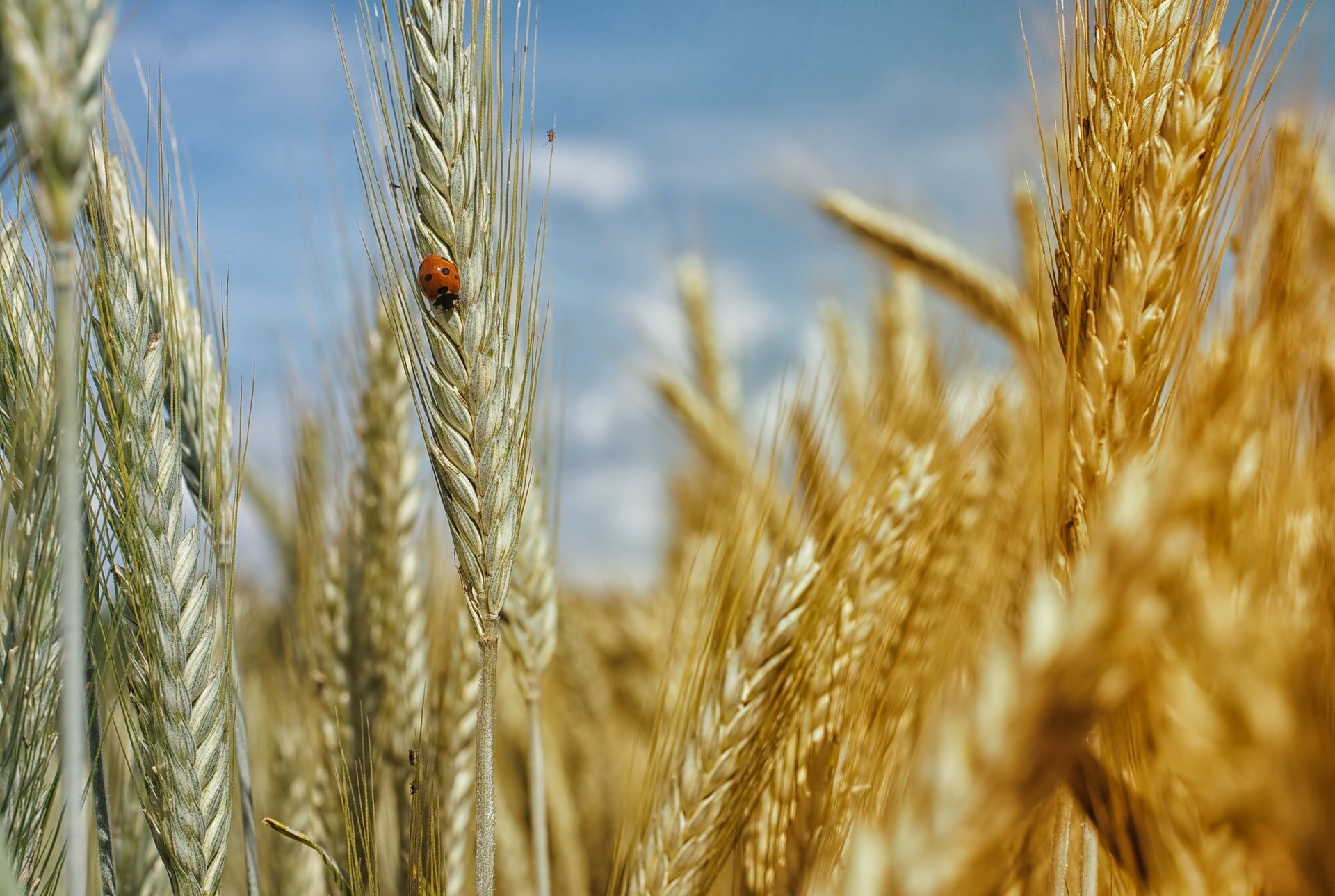Roasted Beet Hummus with Vegetables
/Hummus is a healthy dip that makes a great party appetizer combined with raw vegetables or whole grain crackers. This recipe is an even healthier version with less oil, more fiber and antioxidants than traditional hummus. Beets are a root vegetable and are special because of their deep red color. They offer many health benefits, including boosting brain health, decreasing inflammation and lowering the risk of high blood pressure, heart disease and cancers because of the fiber, antioxidants and other nutrients they naturally contain.
When I was a kid, I had only eaten canned pickled beets and I wasn’t a fan at all. But when I tried roasted beets, I loved them. So if you haven’t tried roasted beets, I encourage you to be adventurous and give them a try. For people who know they aren’t beet lovers, this recipe could be the perfect way to get those important antioxidants without having to eat chunks of beets.
Roasted Beet Hummus with Vegetables
Prep Time: 60 minutes to roast beets + 10 minutes to make hummus
Ingredients:
· 12 ounces beets, roasted and peeled*
· 1 (14 oz.) can low sodium garbanzo beans, reserve ¼ cup liquid
· Lemon Zest of ½ lemon
· Juice of ½ lemon
· ¼ cup tahini
· 1 clove garlic, peeled and sliced
· 2 Tablespoons olive oil
· ½ teaspoon salt
· A variety of raw vegetables (cucumber, snap peas, carrots, bell peppers, celery, etc.)
Preparation:
1. In a food processor or high power blender (I love my Ninja blender!), combine beets, garbanzo beans, lemon zest, lemon juice, tahini, garlic, olive oil and salt.
2. Process or blend for 30 seconds. Scrape down the sides and blend again.
3. If the hummus is too thick, add the reserved bean liquid one tablespoon at a time and blending until your preferred consistency.
4. Taste and season with additional salt as desired.
5. Serve immediately with vegetables or refrigerate for up to 5 days.
Makes about 3 cups.
Nutrition Information per ¼ cup serving:
60 Calories, 3g Total Fat, 0g Saturated Fat, 0g Trans Fat, 0mg Cholesterol, 170mg Sodium, 141mg Potassium, 8g Total Carbohydrate, 3g Sugar (0g added sugar), 2g Dietary Fiber, 2g Protein
*NOTE: To roast the beets, thoroughly wash and dry about one pound of raw beets. Rub with a small amount of olive oil, then wrap in foil. Place on a baking sheet and cook at 400*F for 60 minutes. Remove from oven, pierce with a fork. Depending on the size of the beets, you may need to cook an additional 15-20 minutes if still firm. Cool before making hummus.
If you don’t want to take the time to roast beets from scratch, try Trader Joe’s Baby Beets. They’re a real time saver – already cooked and peeled for you – and work just as well. You’ll need 1 ½ packages of beets for this recipe.




















Whether you’re planning a one-day road trip or will be on the road for several days, check out these healthy snacks you can feel good about eating along the way.